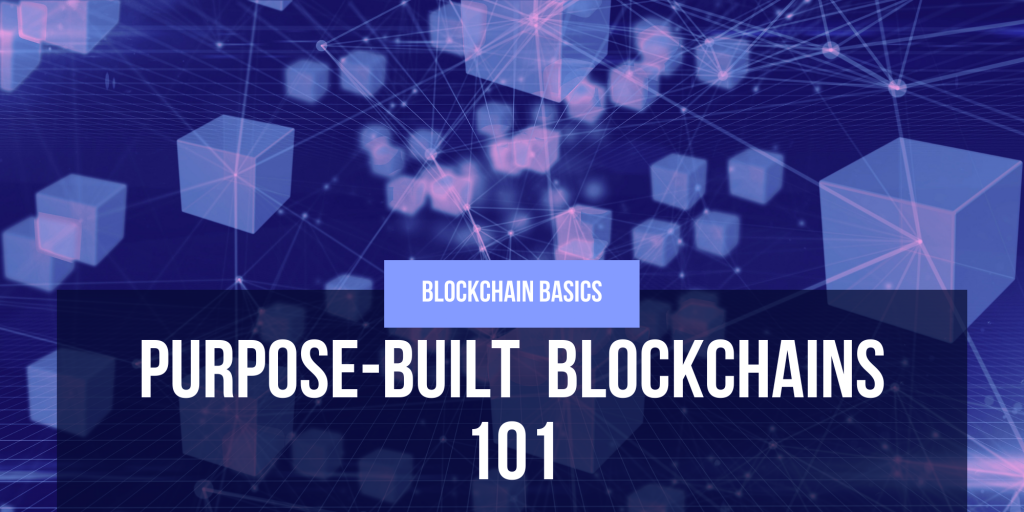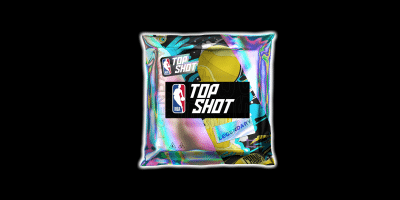A Guide to Purpose-Built Blockchains
As blockchains exploded in adoption and use cases over the last decade, the number of challenges blockchains face has increased to meet the divergent and growing applications of the technology across various industries. As cryptocurrencies and token offerings expand to more use cases and specific functions, their underlying infrastructure must specialize in creating a better …

